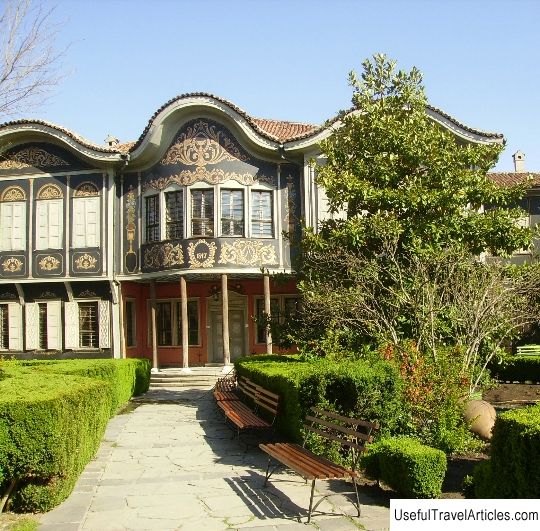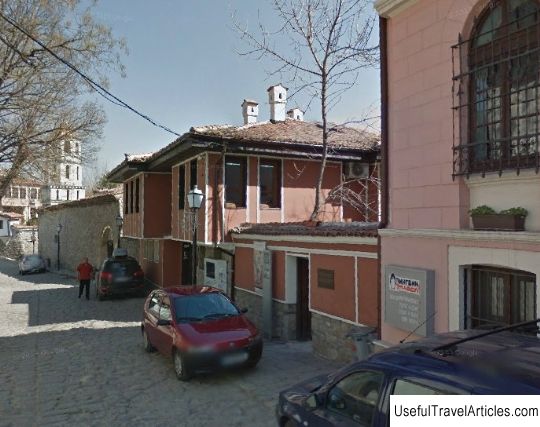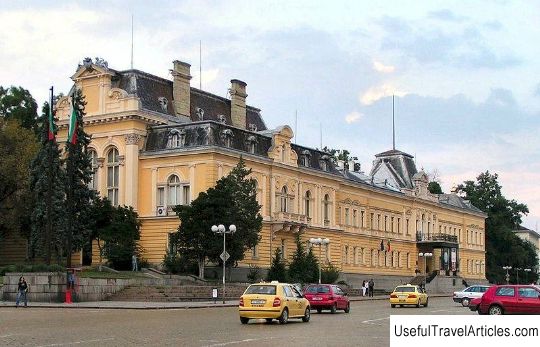Ethnographic Museum description and photos - Bulgaria: Plovdiv

Ethnographic Museum description and photos - Bulgaria: Plovdiv. Detailed information about the attraction. Description, photos and a map showing the nearest significant objects. Photo and descriptionThe Ethnographic Museum in Plovdiv is regional and can be called the second largest museum in Bulgaria, which specializes in folk life. It was founded in 1917, and in 1938 its exposition moved to the Kuyumdzhiev house, located in the Old Town. The building itself is a cultural monument, about which the residents were informed by the next issue of the People's Newspaper from 1995. One of the richest expositions presents an opportunity to get acquainted with the traditional culture of the Rhodope, Middle East and Thrace during the period of the national revival of Bulgaria (XVIII - XIX centuries ). The main types of crafts of the inhabitants of the region are shown in a special part of the museum, set aside for the history of agriculture and animal husbandry. Among the traditional crafts that were widespread during the Renaissance, such types of craft were popular, as the manufacture of ironmongery, galloons, wool fabrics, as well as copper and pottery. Here you can also see a jewelry workshop, where literally all the inventory of that era is collected. The museum contains church utensils and Bulgarian collectible jewelry. A special place is occupied by folk costumes, fabrics, carpets, ceremonial props and musical instruments. The house-museum also presents the everyday life of ordinary townspeople. The Regional Ethnographic Museum of Plovdiv has over a hundred unique paintings, statuettes, panels, icons, metal products and woodcarving samples. Among the masterpieces of fine art, the museum contains works by Simeon Velkov, Costa Forev, Georgi Bozhilov, Dimitar Kirov, Kolya Vitkovski. The photo library of the Ethnographic Museum contains more than 2 thousand inventory items and has a powerful information potential. An impressive part of the photographs has been preserved in black and white; it dates back to the very beginning of the 1900s. The authors of the pictures were photographers popular in those years.     We also recommend reading Quiapo Church description and photos - Philippines: Manila Topic: Ethnographic Museum description and photos - Bulgaria: Plovdiv. |




